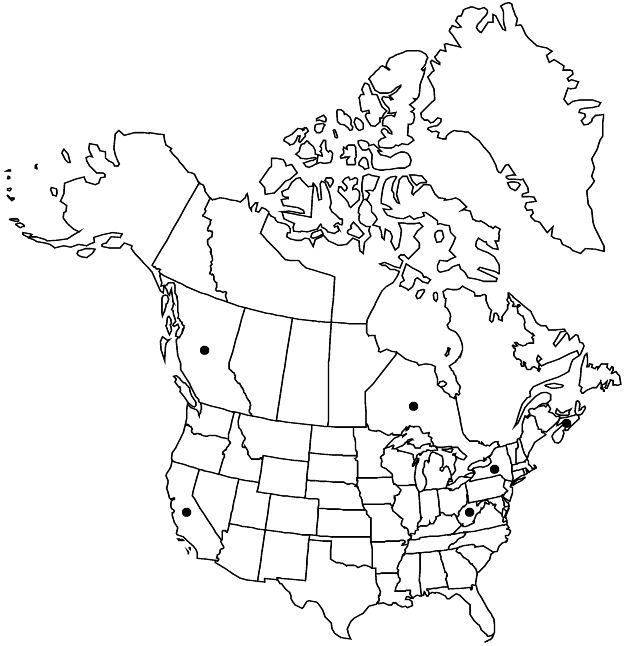Euphorbia exigua
Sp. Pl. 1: 456. 1753.
Herbs, annual, with taproot. Stems erect, unbranched or branched, 3–30 cm, glabrous. Leaves: petiole 0–0.5 mm; blade linear, linear-oblong, or linear-spatulate, 2–30 × 1–5 mm, base cuneate or truncate, margins entire, apex acute, obtuse, or emarginate, surfaces glabrous; venation inconspicuous, only midvein prominent. Cyathial arrangement: terminal pleiochasial branches 3–5, each 1–3 times 2-branched; pleiochasial bracts similar in shape and size to or sometimes slightly longer and wider than distal leaves; dichasial bracts distinct, linear, or linear-lanceolate, or lanceolate-ovate, base rounded to subcordate, margins entire, apex acute; axillary cymose branches 0–5. Cyathia: peduncle 0–2 mm. Involucre cupulate, 0.3–0.5 × 0.6–0.8 mm, glabrous; glands 4, elliptic to crescent-shaped, 0.2–0.4 × 0.3–0.6 mm; horns divergent, 0.2–0.5 mm. Staminate flowers 5–8. Pistillate flowers: ovary glabrous; styles 0.5–0.7 mm, 2-fid. Capsules subglobose, 1–1.8 × 1.3–2 mm, slightly lobed; cocci rounded, smooth, puncticulate toward abaxial line, glabrous; columella 1.1–1.4 mm. Seeds blackish to grayish, 4-angled-ovoid, 1–1.5 × 0.5–0.7 mm, white, tuberculate; caruncle conic or subconic, 0.1–0.3 × 0.1–0.3 mm.
Phenology: Flowering and fruiting summer–fall.
Habitat: Edges of gardens, roadsides, waste places.
Elevation: 0–1500 m.
Distribution

Introduced; B.C., N.S., Ont., Calif., N.Y., W.Va., Europe, w Asia, n Africa, Atlantic Islands (Macaronesia)
Discussion
Euphorbia exigua can be easily distinguished from other annual species of the genus in the flora area by its tuberculate seeds.
Selected References
None.
Lower Taxa
"sometimes slightly longer and wider" is not a number."connate" is not a number. "distinct" is not a number."connate" is not a number. "distinct" is not a number.